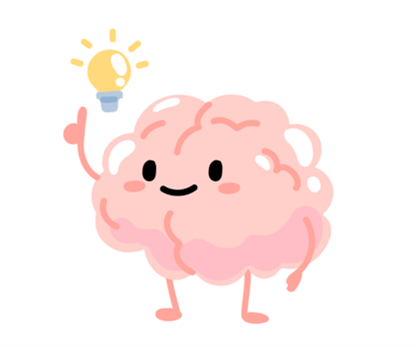This article was originally published on The Edvocate.
What is the most beneficial thing students can do every day to help improve their education? There are numerous things schools can do, including hire great teachers, create a better system, and get parents involved, to name a few. While these are certainly things that will aide students in their academic growth and development, there is one action that tops the list that students must do. What is it? Children must come to school— whether physical, virtual, or a homeschool— and be present for their lessons.
Over the years, researchers and educators have been looking increasingly towards chronic absences as a major contributor to low test scores and the achievement gap. It only makes sense; a child must be present each day in school to learn the lessons covered, and the more he is absent, the more he will fall behind. If he continues to fall behind, it becomes increasingly difficult for him to catch up, which could result in lower test scores, being held back from the next grade level, or possibly causing him to drop out of school altogether. Research is showing that this is exactly what is happening to children who start missing too much school early on in their education.
The California School Boards Association (CSBA) explains , “Chronic absence, defined as missing 10 percent or more of school over the course of the school year for any reason, including excused and unexcused absences, is a proven early warning sign for both academic failure and dropping out of school.” Research findings sited by the CSBA further detail the effects of low attendance on kindergarten students as they progress through the grade levels. “An analysis of chronically absent kindergarten students revealed a lower subsequent academic performance in grade 1 than their peers, with reading scores for Latino children the most affected. Among poor children who lack the resources to make up for time on task, chronic kindergarten absences translated into lower achievement in grade 5. By grade 6, chronic absence can be associated with dropping out of school. By grade 9, missing 20 percent of school can be a better predictor of dropout than grade 8 test scores.”
So what can you do to reduce chronic absenteeism in your classroom? While you cannot force a student to show up every day for school, there are plenty of things you can do to give them something to look forward to, as well as help them and their parents understand why it matters.
Look at the numbers.
Maybe the school’s overall attendance numbers are high, but is there a student who misses school every week or two, or even several days every month? Pay attention and look for patterns if a student is often absent. If you notice this happening, it’s time to talk with the student and his parents.
Communicate with students and parents.
Take an opportunity early in the school year, whether it’s at an open house, a parent-teacher conference, or even in a note you send home, to let everyone know how critical it is for students to be in class so they don’t fall behind. If you notice a student missing frequent days, speak with her and her parents again about the importance of coming to school, as well as your concern for her well-being and academic success. If there is an underlying reason for the absences, such as a lack of transportation, point them to available resources and get administrators involved to help. It may take extra time and work, but it could save a student from falling behind or dropping out.
Engage students in class.
Give students something to look forward to with fun, interactive lessons and materials. Help them make a real-world connection with the ideas of the lesson and how they might apply to their own lives. Allow children to move around, work together, and share ideas.
Connect with students.
Studies show that making a personal connection with a student can increase his performance in school. It may not be possible to make a connection with every student, especially in large classes, but pay close attention to struggling students and those who are frequently missing days. Make an effort to talk with them and listen to what they have to say. You may be able to find out why they are missing so much school and give them a new reason to look forward to coming in.
Attendance Works, a national and state initiative that promotes better policy and practice around school attendance, provides research and many great, free tools and tips for communicating the importance of school attendance. Visit their website at http://www.attendanceworks.org/tools/ to learn more about how to spread the word, fill those seats, and close the achievement gap!




Ready to Start Your Journey?

6425 Living Place
Suite 200 #1021
Pittsburgh, PA 15206
Tel: 800-449-8841
Email: contact.us@grapeseed.com
© 2024 GRAPESEED INTERNATIONAL PTE. LTD.
